
Jumping Shrimp Pancakes at TRE Dining – Grilled Blood Cockles at Little Bear – Nen's Dishes
International media regularly talk about Vietnamese cuisine, domestic cities become the world's top culinary destinations, many Vietnamese restaurants receive international awards and titles, most recently the appearance of the Michelin Guide.
Amidst that vibrant atmosphere, a generation of Vietnamese chefs with creative thinking and new techniques are constantly striving to renew Vietnamese cuisine from its inherent values, adding fresh colors to the brilliant picture of the country's cuisine in the context of globalization.
Believe in the power of Vietnamese materials
Having been involved in culinary arts since her student days and writing a blog promoting Vietnamese dishes, the name Le Ha Uyen or Summer Le is no longer strange to Vietnamese chefs and food lovers.
Recently, her two fine dining restaurants, Nén Danang in Da Nang and Nén Light in Ho Chi Minh City, both won Michelin Selected 2024.
This is the second year Nén Light has been Michelin Selected, while Nén Danang is the first restaurant in Vietnam to be awarded the Michelin Green Star – an award that honors pioneering dining establishments that aim to build sustainable cuisine, providing an experience that combines culinary excellence with a serious commitment to environmental friendliness.
These titles are a recognition of Summer Le and her team's efforts for the journey they have chosen: Affirming Vietnam's position on the world culinary map based on absolute belief in the inner "pure Vietnamese" strength.
Summer Le opened Nen Danang in 2017, but after three years of operation, she had to close due to the pandemic.
In 2022, she opened Nén Light in Ho Chi Minh City, then in August 2023, she reopened Nén Danang, operating two restaurants with the "storytelling menu" model Sto:ry Menu.
Nen is not only a place with high-class dishes in fine dining style, but diners can also listen to stories through the dishes on the tasting menu.
The dishes on each Sto:ry Menu are made around a specific theme, such as “Dear Arya” which is a story about motherly love and Vietnamese family values;
“Light” tells about the ability of cuisine to erase borders and convey emotions, just like light or how Vietnamese people find hope in difficult times; or “Origins – Ve Nha” is inspired by Vietnamese roots, answering the question “Why do we need to understand our roots?”.
Summer Le said that to create a menu, she and her team spent a lot of effort to turn ideas - inspired by life around them - into delicious and meaningful dishes.
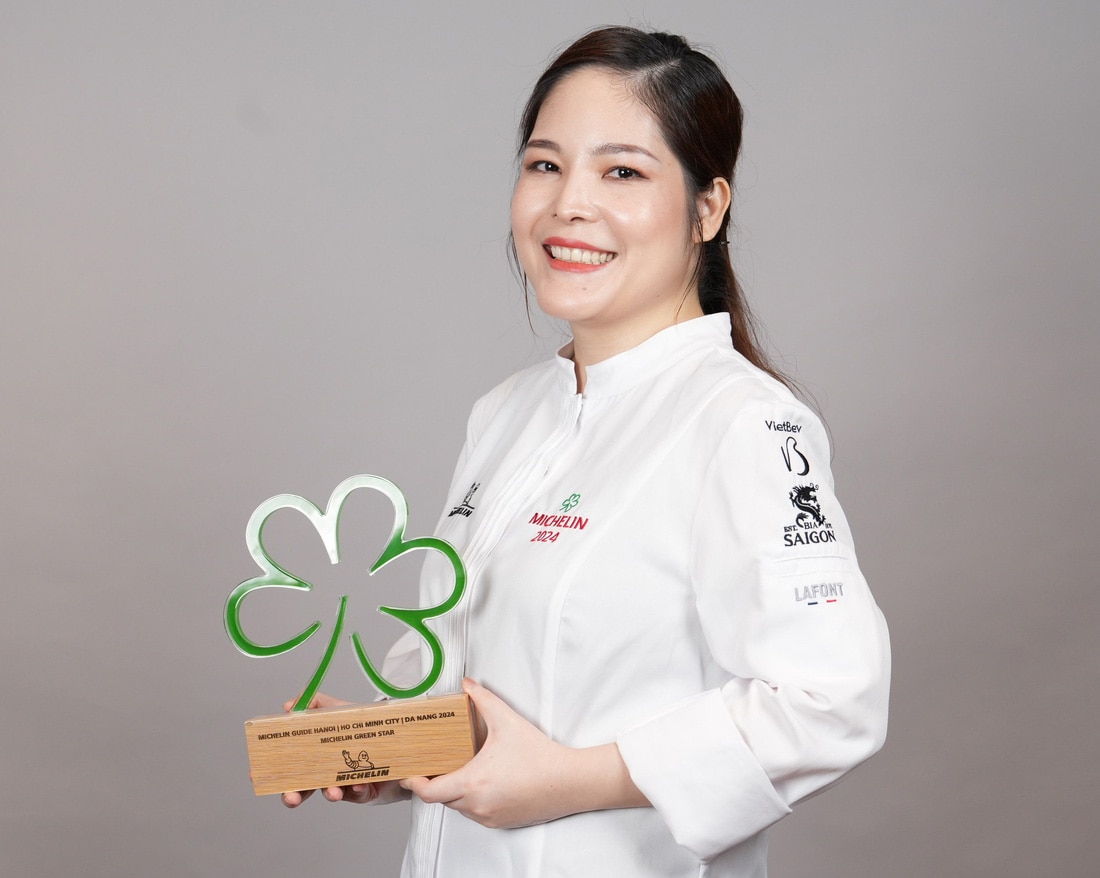
Summer Le – founder and executive chef of Nén Danang and Nén Light – Photo: NVCC
Like the dish named Kaleidoscope, which is explained through the chef's confession: "Somewhere in my thoughts about light, I saw a kaleidoscope. No reflection of a kaleidoscope is exactly the same because when you rotate the mirror, the order of the objects inside is random...
This was the most difficult dish to develop on the menu. I tried many approaches and came up with the idea of using the layering technique of food to represent the glasses. It took about two months to create a version that I found interesting in terms of texture and taste.”
The culinary world at Nen is as vibrant as the colorful world inside a kaleidoscope, where Summer Le and her team can freely create unique, quintessential dishes from Vietnamese ingredients.
It can be said that Summer Le's fine dining is a "purely Vietnamese" fine dining style, as they affirm that 99% of the ingredients Nen uses are local ingredients.
Since its founding in 2017, Nen has prioritized sustainability by growing its own vegetables, edible flowers and fruits on the rooftops of both restaurants.
Earlier this year, Nén introduced Nén Farm – a place to research and grow ingredients for two restaurants. Accordingly, promoting local Vietnamese ingredients is a journey they are wholeheartedly pursuing.
Not only growing their own ingredients, Summer Le and her team also diligently research many Vietnamese ingredients, including many unique things that not everyone uses such as paper flowers, straw, beeswax...
“After harvesting, we proceed with the process of removing the veins, washing, salting, drying and grinding to create bougainvillea salt. Bougainvillea salt has a bright pink color and a lot of umami flavor.
We used this salt to sprinkle on top of the cheese mousse served with fresh shrimp marinated in garlic oil and fresh fruits, served in Sto:ry Menu #4: Origins – Go home”, Nen introduces in his food diary collection.
“I don’t want to make modern Vietnamese cuisine or elevate Vietnamese dishes by ‘borrowing’ ingredients from other countries. I think that’s the inherent strength of each cuisine. Any cuisine that wants to have intrinsic strength must use ingredients from that land,” Summer said.
Talking to Summer Le, it is not difficult to see that she has great faith in the inner strength of Vietnamese cuisine.
“What Nen is doing is just to prove that. Look, we only use our Vietnamese ingredients, with Vietnamese taste buds, we can make delicious and beautiful dishes. We have to believe that our cuisine is 'genuine', believe it and then put effort into developing it,” Summer confided.
According to Ms. Summer Le, the Vietnamese fine dining sector has developed much more in recent years than when she started. “Traditional cuisine and street food are still the backbone of Vietnamese cuisine, but we need to develop many areas to make the picture more vivid and attract more customers,” said Summer.

I write an English blog introducing Vietnamese street food to the world. But I realized that it takes more than street food to make a name for itself internationally, although no one can argue with the quality of Vietnamese street food. 10 years ago, I found that Vietnamese cuisine lacked creativity, modernity, innovation, and fine dining, so I started it.
SUMMER LE (founder and executive chef of Nen)
Asia "twist"
Among the young Vietnamese chefs who are making efforts to contribute to the fine dining sector, there is chef Luu Dong of TRE Dining restaurant, who is 29 years old and has 11 years of experience in the kitchen.
TRE Dining is also one of the restaurants that has achieved Michelin Selected for two consecutive years since the Michelin Guide entered Vietnam last year.
Born and raised in a coastal countryside of Nam Dinh, Dong became passionate about cuisine from observing his mother's cooking. When he went to Hanoi to study at the University of Construction, he worked part-time at a restaurant near the old quarter. The culinary profession was born with him.
Dong pursued a career in cooking. Then he met the founding team of TRE Dining from the early days. Sharing the same vision of promoting Vietnamese cuisine from a modern perspective, spreading cultural stories in a subtle way through food and drinks, Dong decided to become a part of the project.
At TRE Dining, dishes are served in both tasting menus and a la carte menus. According to Dong, the dishes are all based on ingredients or ideas from traditional Vietnamese dishes and cooking methods.
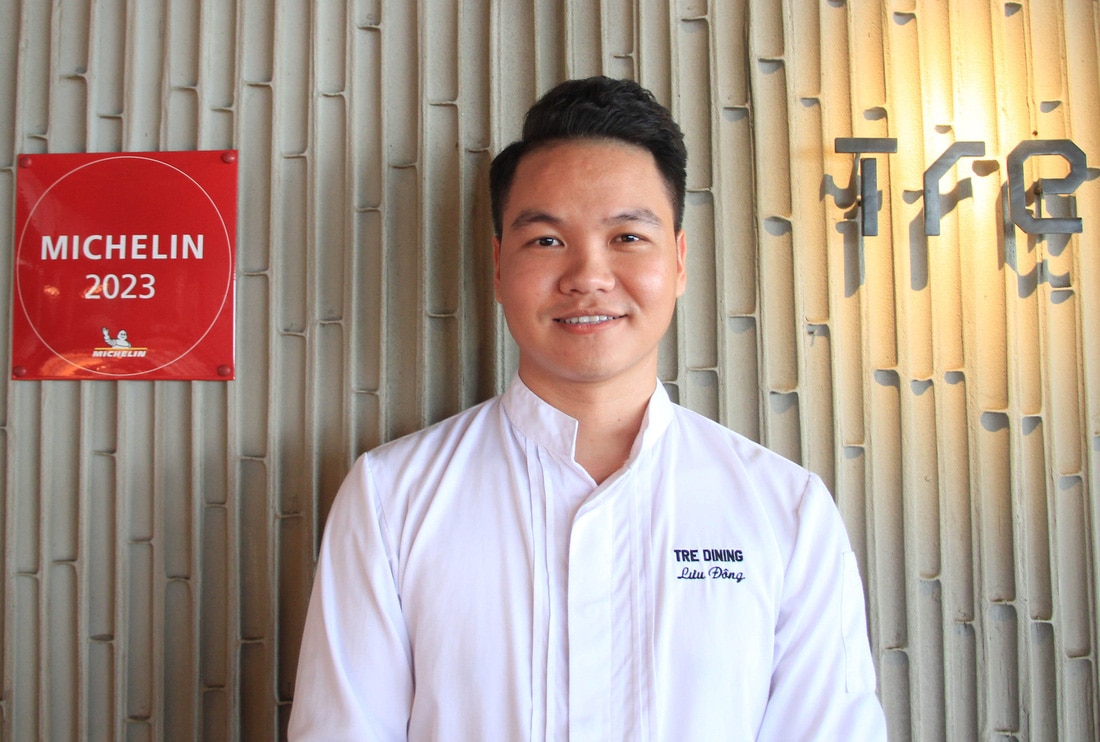
Chef Luu Dong of TRE Dining – Photo: NGOC DONG
Dong and his team freely create products, applying modern cooking techniques (such as molecular gastronomy) and understanding of Vietnamese ingredients to create shrimp pancakes served with sour cream, walnuts and slow-cooked carrots; Ben Tre tiger prawns with smoked flying fish eggs in Hoa Loc mango sauce; or Ca Mau crab with corn and sturgeon eggs sauce...
“I want to highlight local Vietnamese products such as Ben Tre tiger prawns, Ca Mau crabs, etc. Before each time I create a dish, I try to take trips to the local area, not only to learn about the source of the ingredients, but also to experience the fishing and farming process of Vietnamese farmers.
Their sharing helps me understand and have good information to think of ways to preserve the original freshness, thereby enhancing the essence of the ingredients in the dish," Dong said.
According to him, Vietnamese cuisine is already very famous with popular dishes such as pho, banh mi, and spring rolls, but it would be a waste if it did not reach out to the international community in many ways and forms because Vietnamese cuisine is very rich.
“International diners have many different ways to enjoy meals: restaurant dishes, street food… so why do we only promote cuisine in one aspect, or assume a certain way of eating for each ingredient, each dish? To me, Vietnamese cuisine deserves to be valued in the eyes of international friends,” he affirmed.
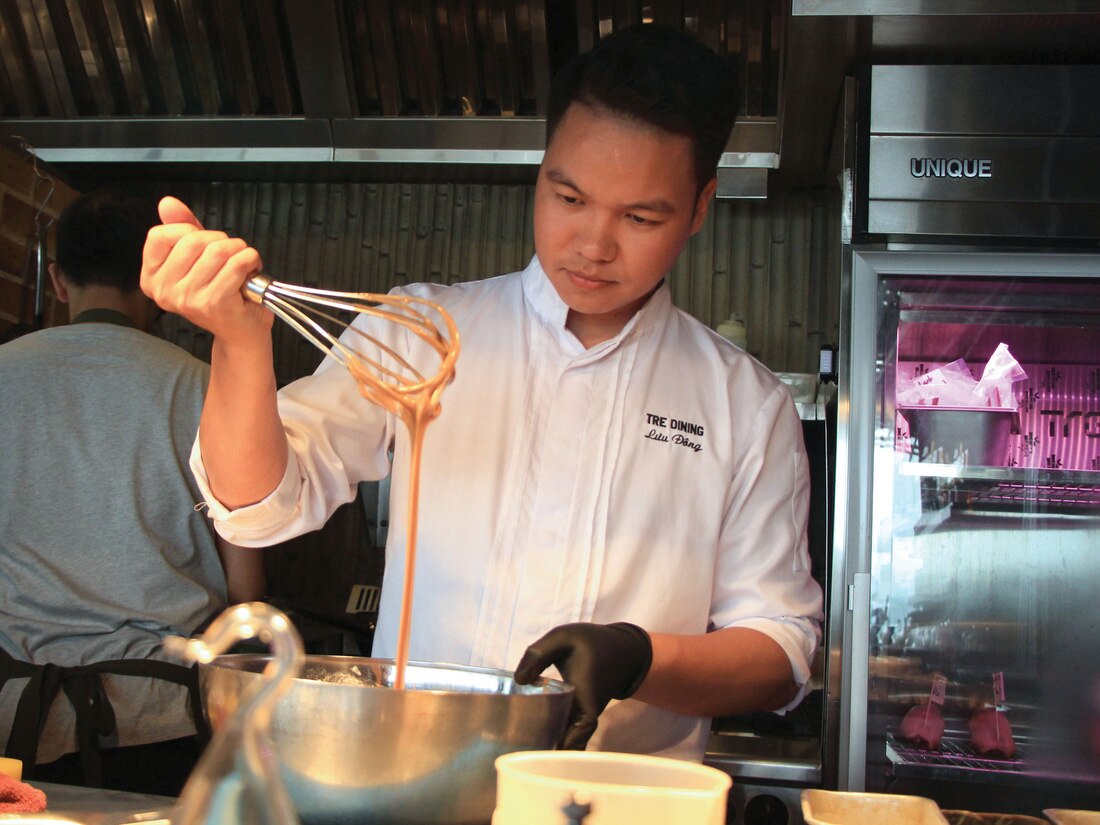
Our culinary style is 'Asian Twist' - understood as the adaptation based on the idea of traditional dishes, which can be cooking methods, ingredients, folk stories (like the star fruit in the story of Tam Cam) or street food, combined with multinational cuisine to make it convenient to access but still interesting for international diners.
FROZEN
Go to Vietnam to learn Vietnamese food
At the Michelin Guide Vietnam 2024 announcement ceremony in June this year, the Outstanding Young Chef award was given to Duy Nguyen from Little Bear, a Michelin Selected restaurant in Ho Chi Minh City.
Nguyen Nhat Duy, 26, lived in the US for 8 years and decided to return to Vietnam “just to learn more about Vietnamese food”. In high school, Duy enjoyed learning to cook in an elective class. Later, Duy also opened a pop-up stall to sell Vietnamese food in Washington DC on weekends.
“The more I cooked, the more I realized how ignorant I was about Vietnam. At that time, I just watched YouTube and followed along. In addition, I often watched Khoai Lang Thang’s YouTube, seeing him travel a lot and film many ingredients that only they cooked in that region. I was fascinated and wanted to try cooking it,” Duy recalled.
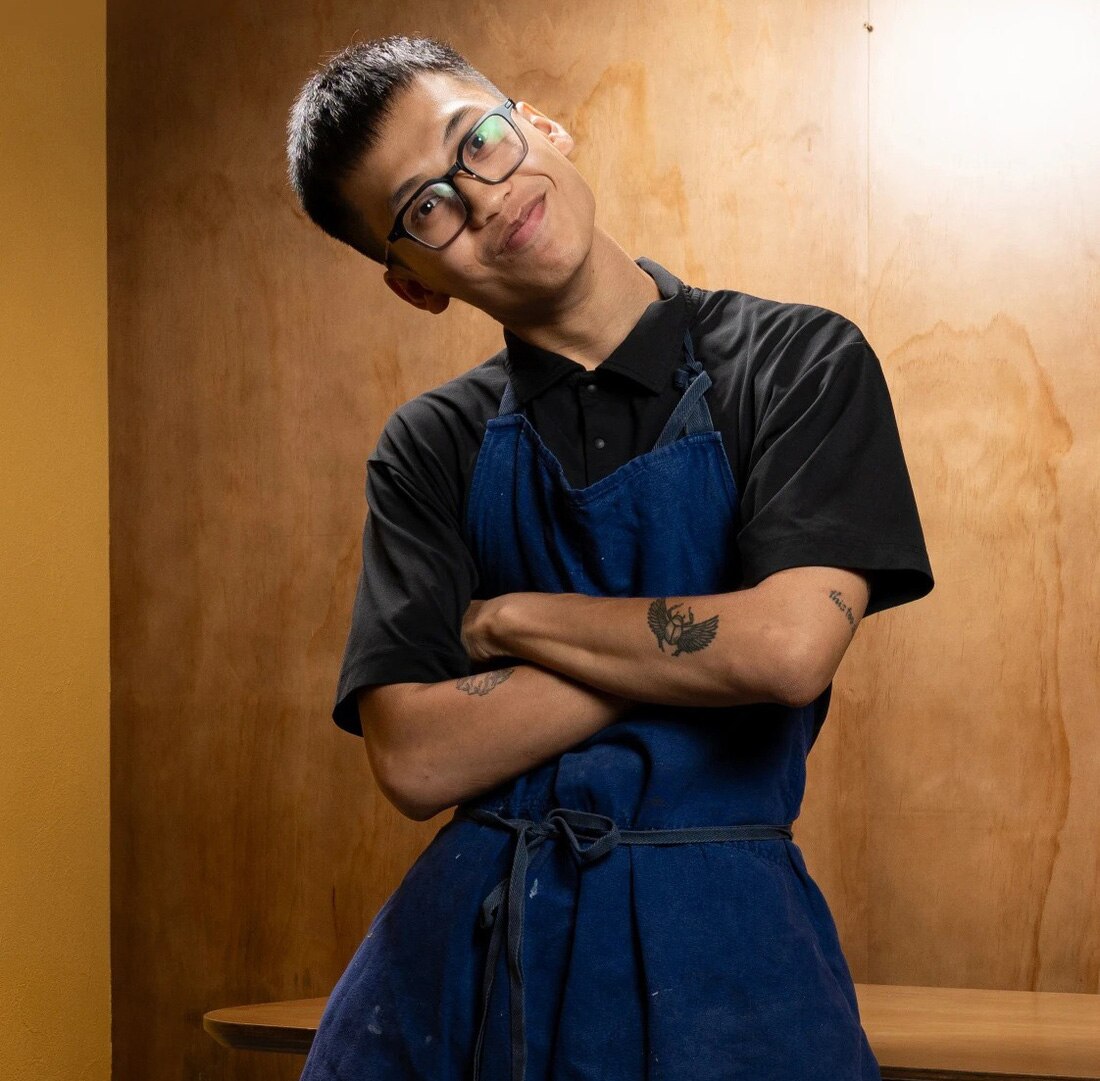
Chef and co-owner of Little Bear Nguyen Nhat Duy – Photo: Little Bear
In January 2023, Duy returned to Vietnam and continued working on the popup for about 5-6 months. Three days a week, Duy opened a food stall at a bar. That job gave Duy the opportunity to go to the market to learn about local ingredients, and also to learn about Vietnamese diners' tastes and the local market.
“I am Vietnamese, so I want to find my identity. When I want to develop my own cuisine, I want to return to my roots,” Duy shared. Ten months later, Duy teamed up with a partner to open Little Bear.
Nguyen Nhat Duy calls his cooking style “a modern approach to everyday dishes” and does not specify which country's cuisine he cooks, but he affirms that 90% of the ingredients used are Vietnamese and the main flavors are also Vietnamese.
“For example, blood cockles, people usually stir-fry blood cockles with satay, chili, garlic, but the way I make it is to grill blood cockles, with a special sauce combining French butter sauce and Vietnamese lemongrass butter. The technique is foreign but the flavor is Vietnamese.
In addition, Little Bear is a gastro wine bar, so the food also needs to have a flavor that is not too strong so that when eaten with wine, they do not overwhelm each other," Duy explained.
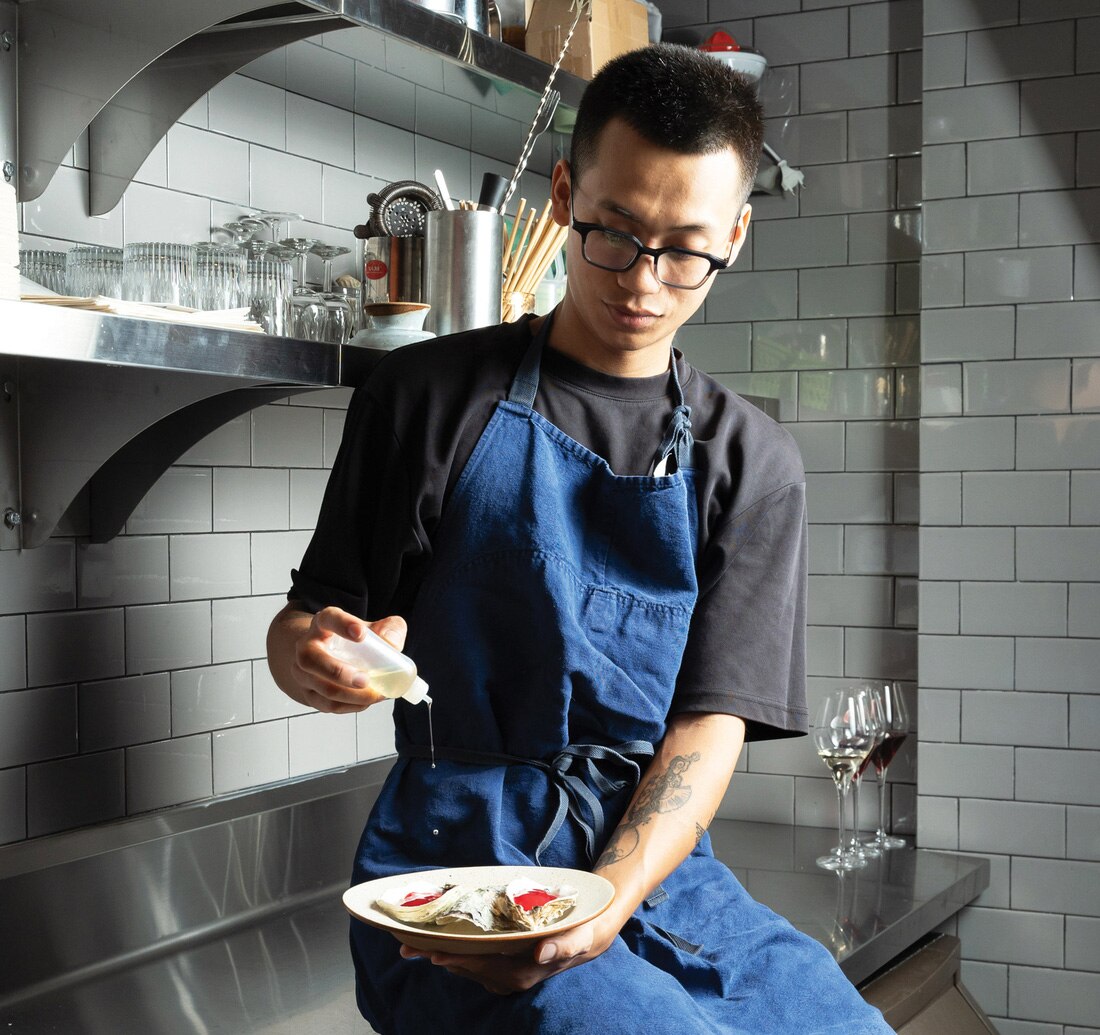
I noticed a gap between fine dining restaurants and street food joints. And I wanted to fill that gap with an intimate, friendly space that operated to the highest possible standards.
NGUYEN NHAT DUY
Must elevate Vietnamese street food
According to Jovel Chan, a Singaporean F&B consultant and food blogger in Ho Chi Minh City, in the long run, Vietnamese cuisine will be more sustainable if it participates in a more upscale and luxurious culinary space.
“Tourists and foodies from abroad can also appreciate Vietnamese ingredients and culinary talent in a different way. If they can only appreciate Vietnamese food on the street, Vietnamese food will always cost 20,000 – 25,000 VND,” Jovel said.
“If I had only eaten street food, I would never have known that in Vietnam people can make cocktails with Vietnamese gin and basil when I returned to Singapore.”
Jovel gave an example of a time she ate oysters in Nha Trang and was surprised that the quality was not inferior to those in Japan, but not many people know this if they don't eat oysters in high-end restaurants.
“Street food today is not adapted to the daily lives of young people around the world. So I think it is very important to elevate it,” she said. Jovel also suggested that restaurants in Vietnam should promote building websites in English so that the world can access them more easily.
Tuoitre.vn
Source: https://tuoitre.vn/dau-bep-viet-nang-tam-thuc-an-duong-pho-viet-chinh-phuc-michelin-20240829112547185.htm


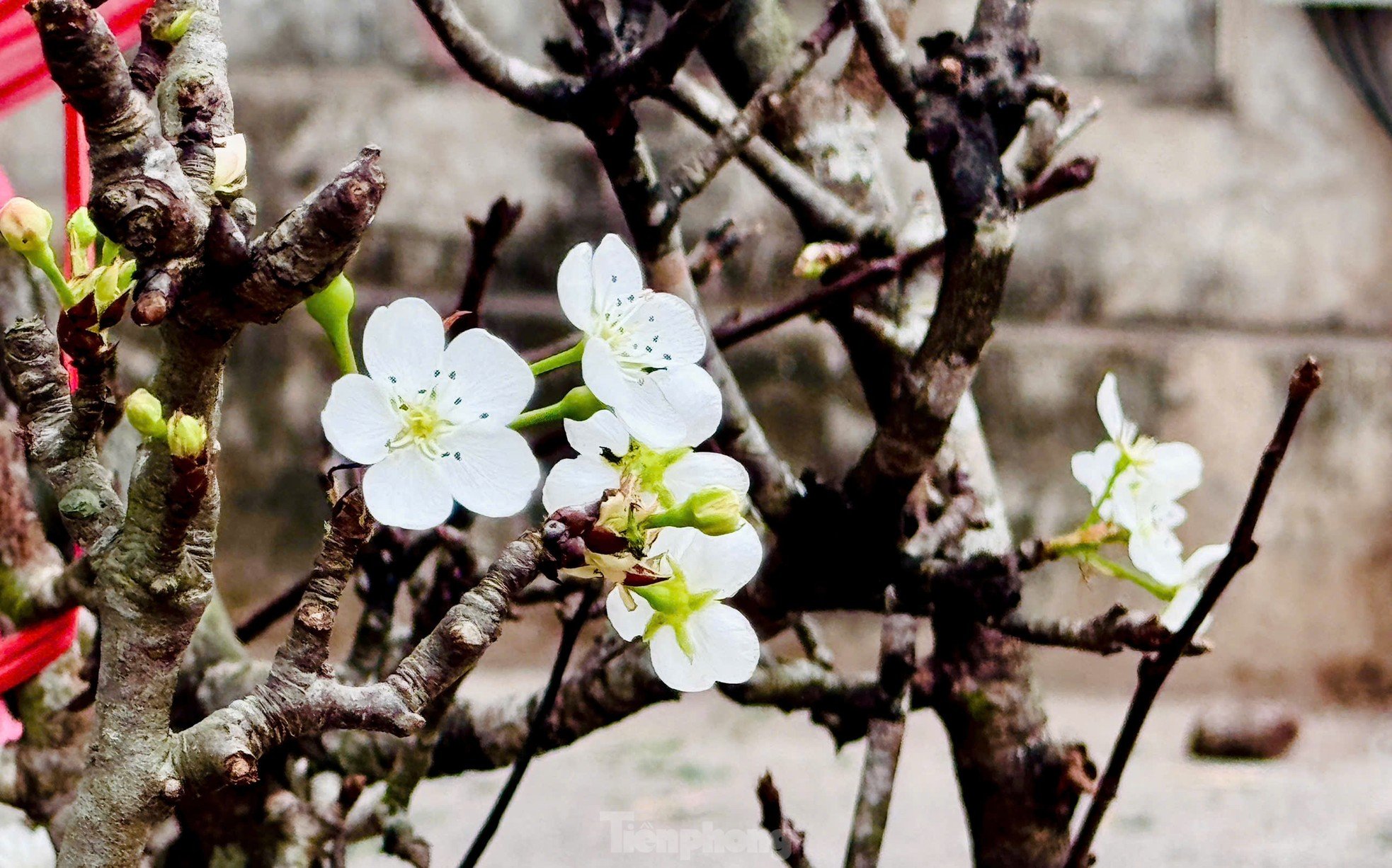

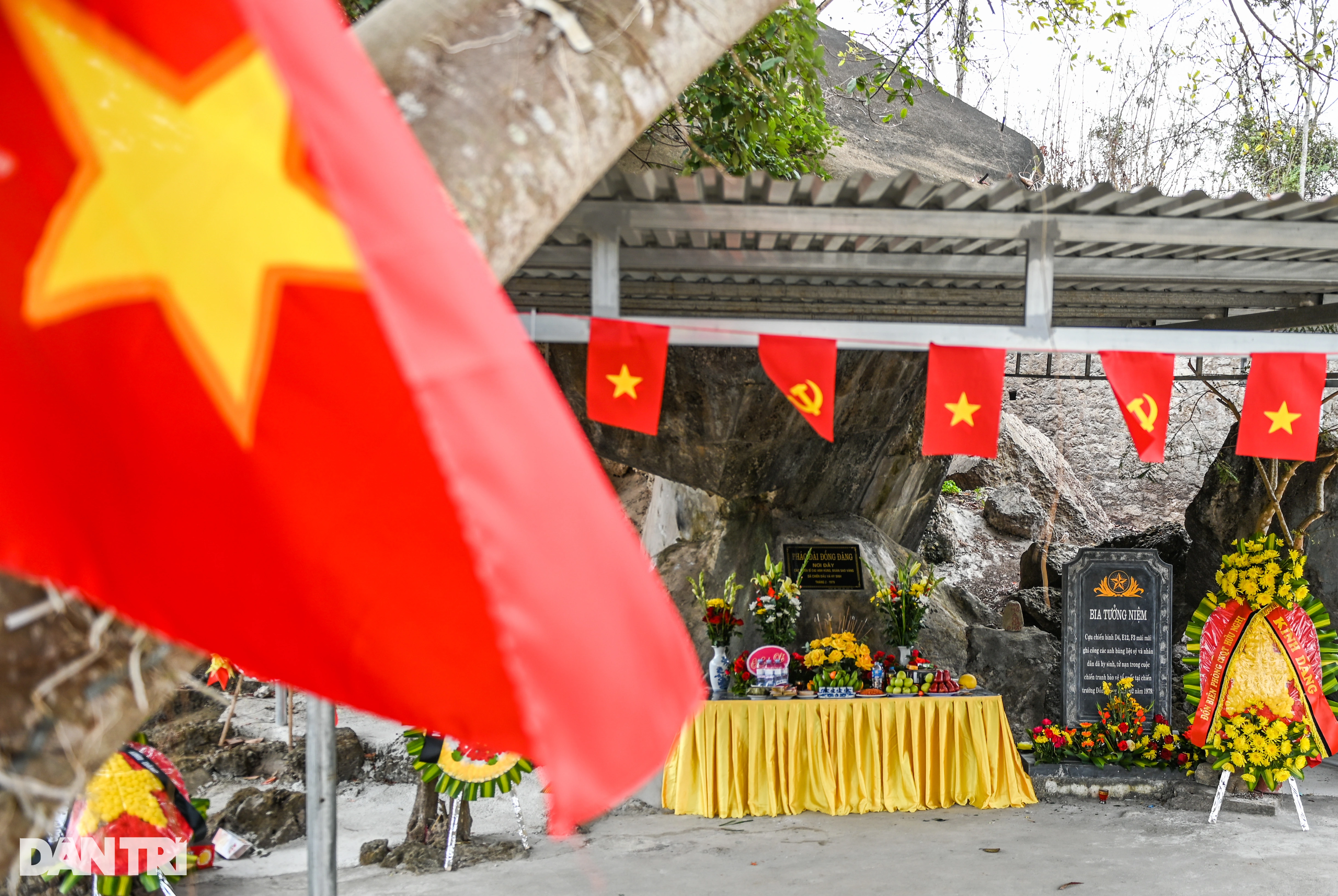
























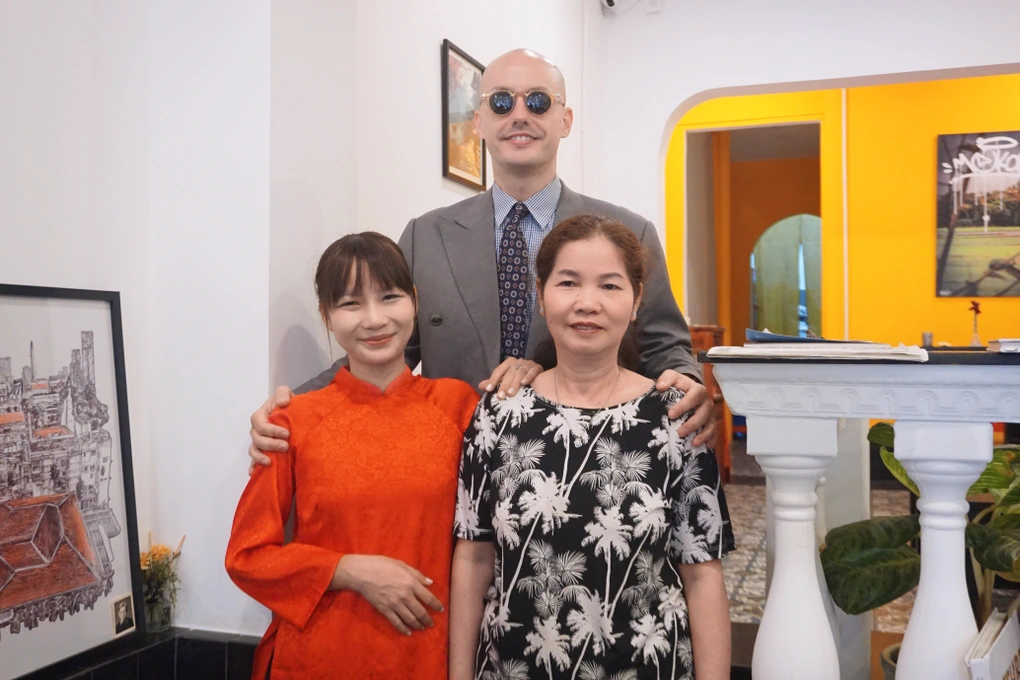


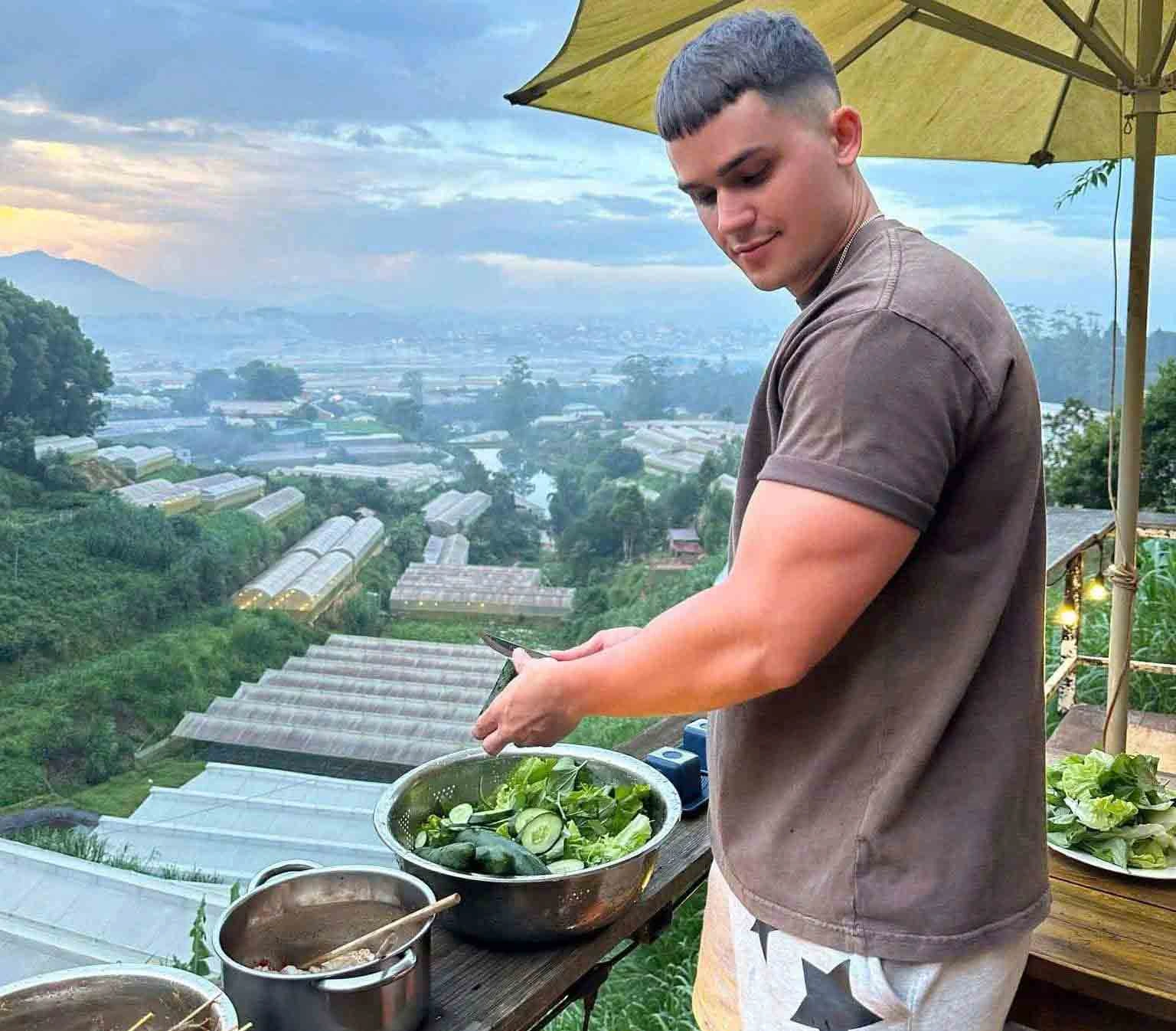

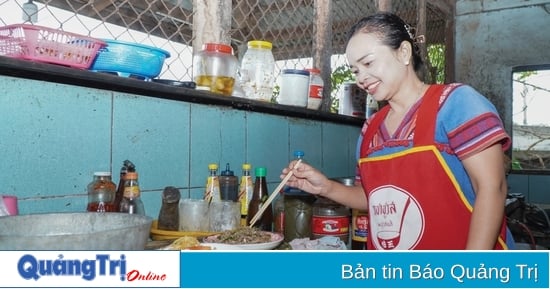
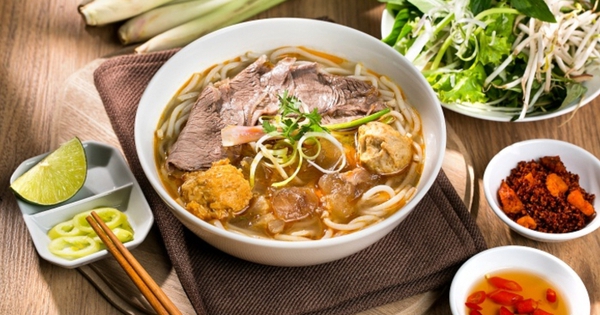


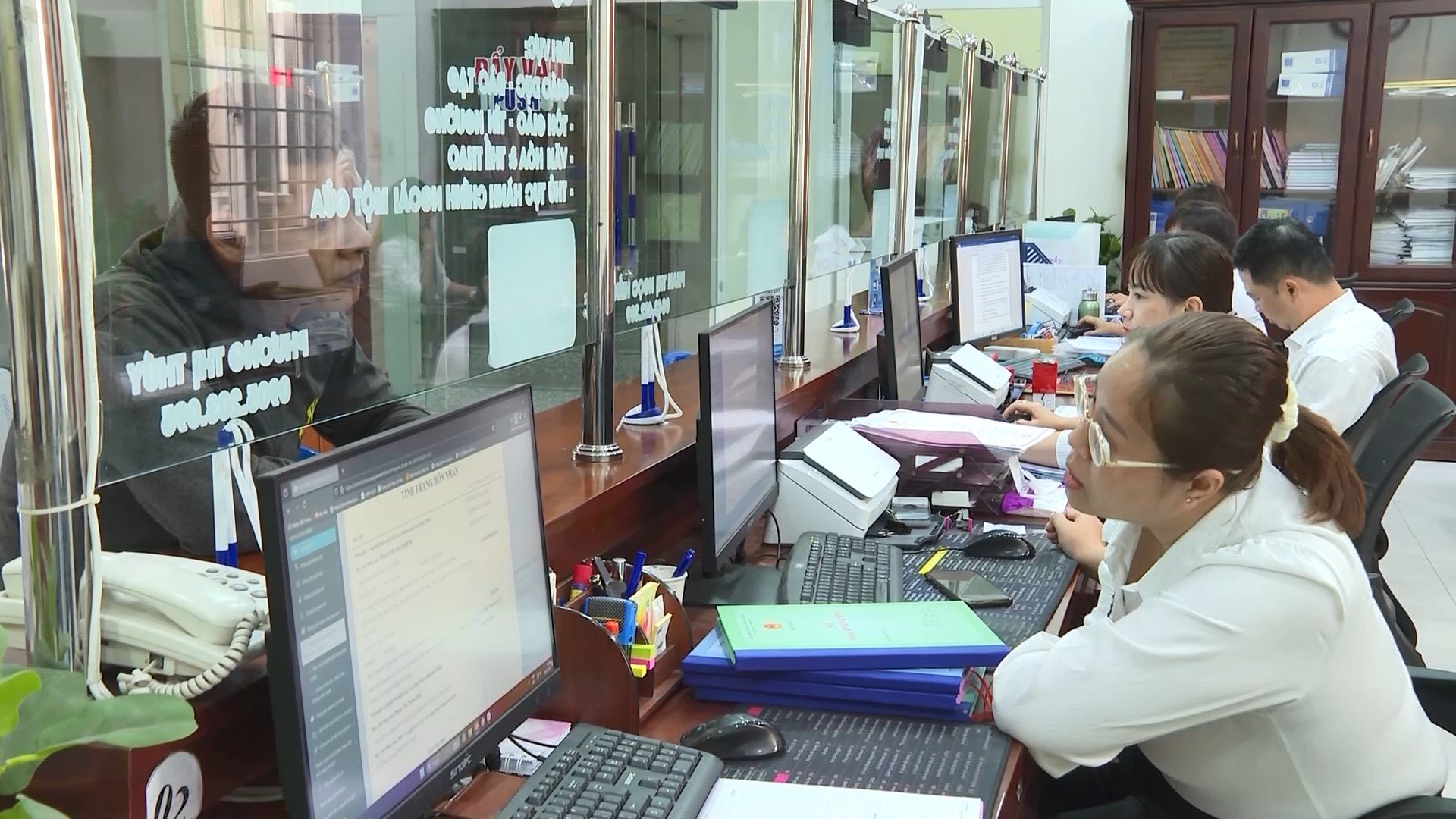
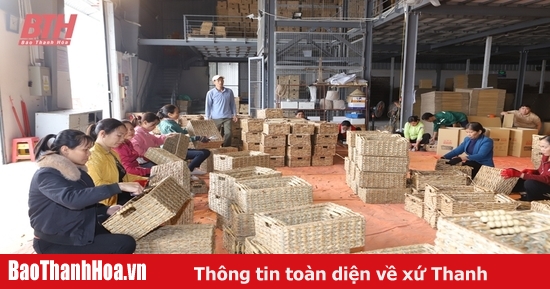

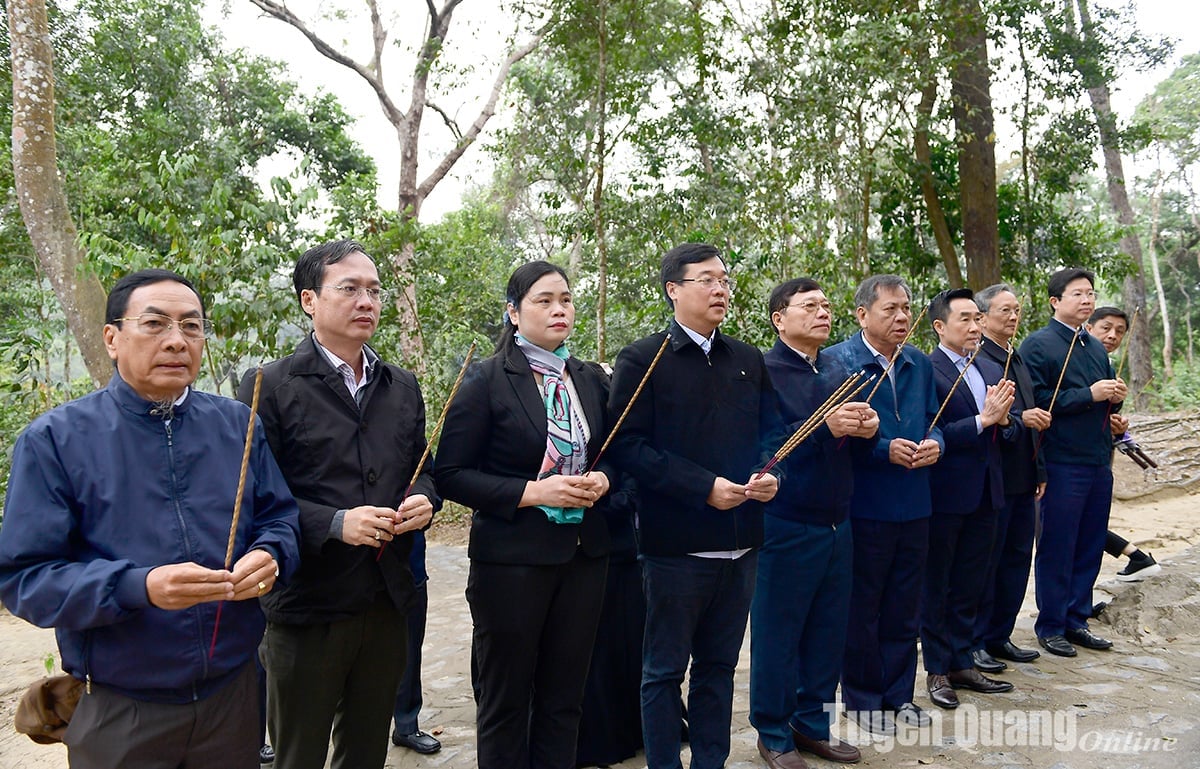

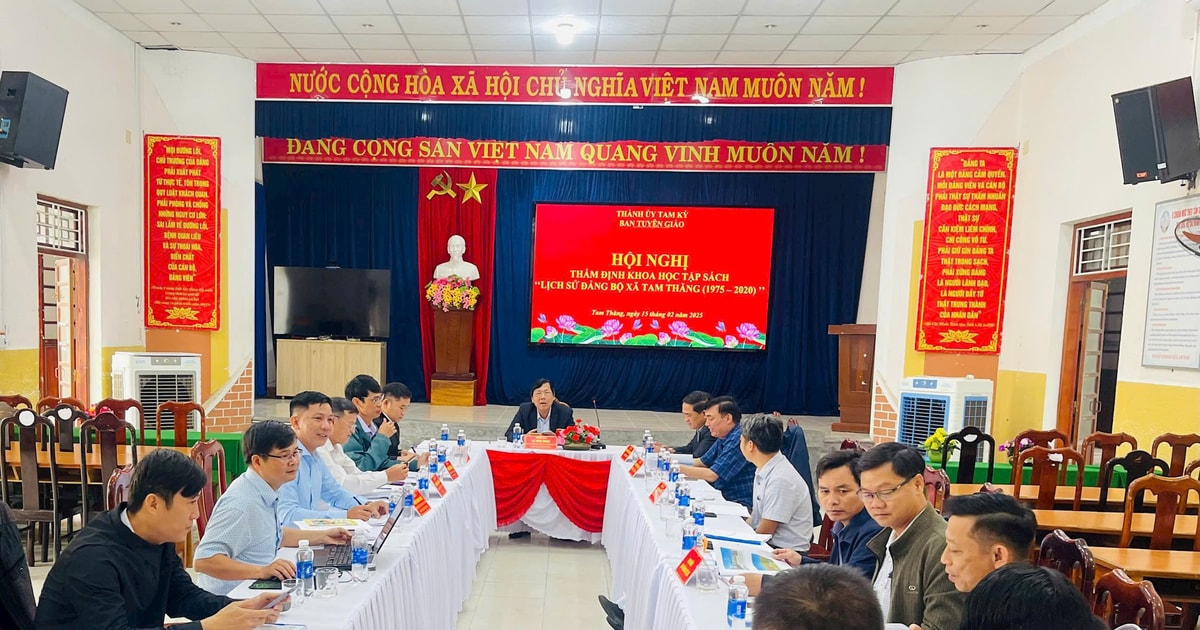
![Charming Vietnam [ Cat Tien National Park ]](https://vstatic.vietnam.vn/vietnam/resource/IMAGE/2025/2/12/c05c34322e4f4cac874e7f971dfaddca)



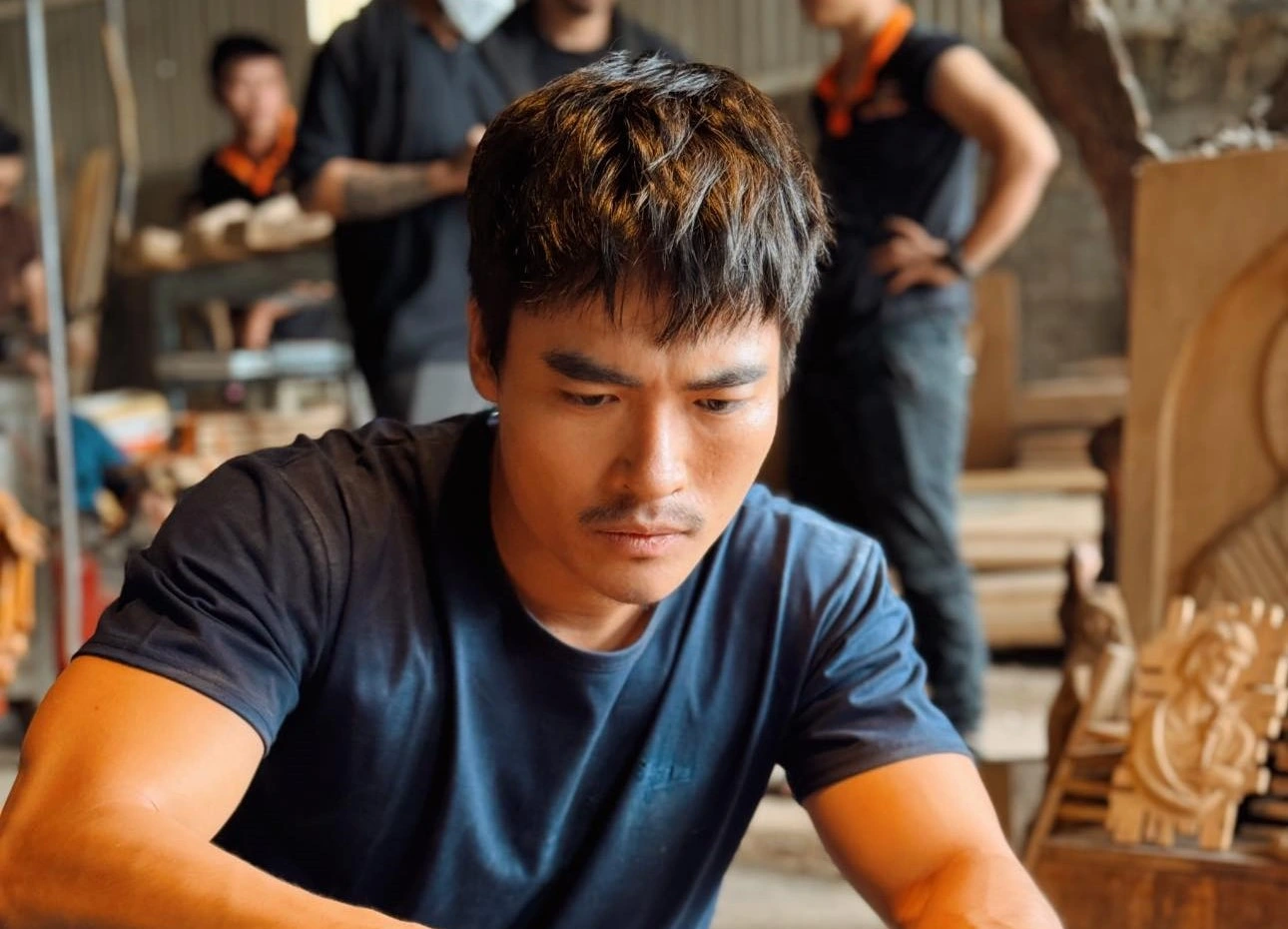








Comment (0)